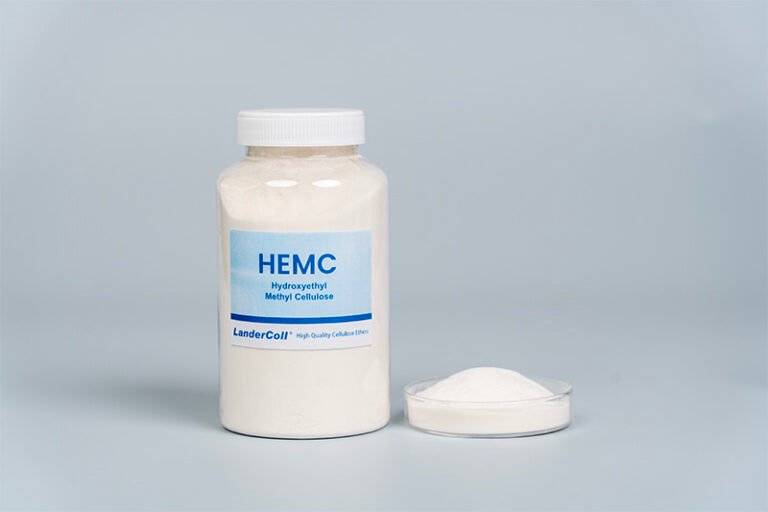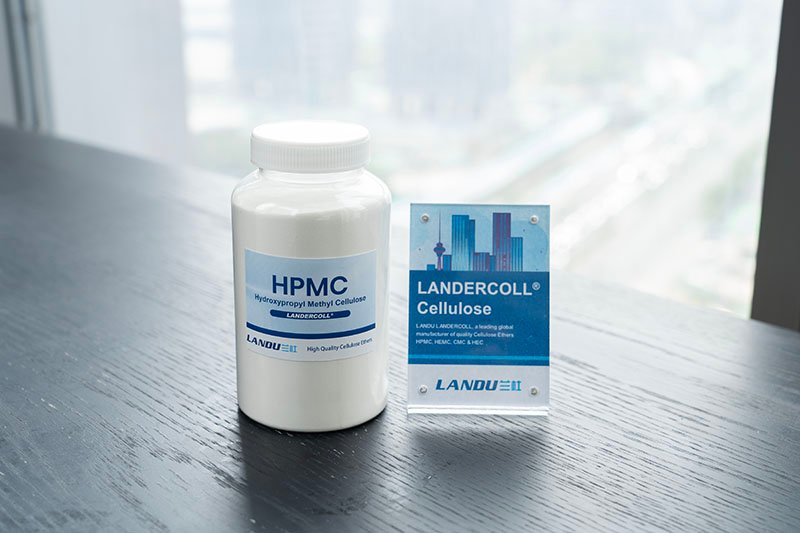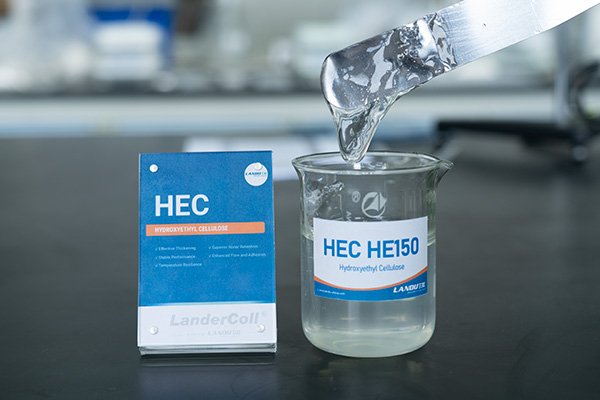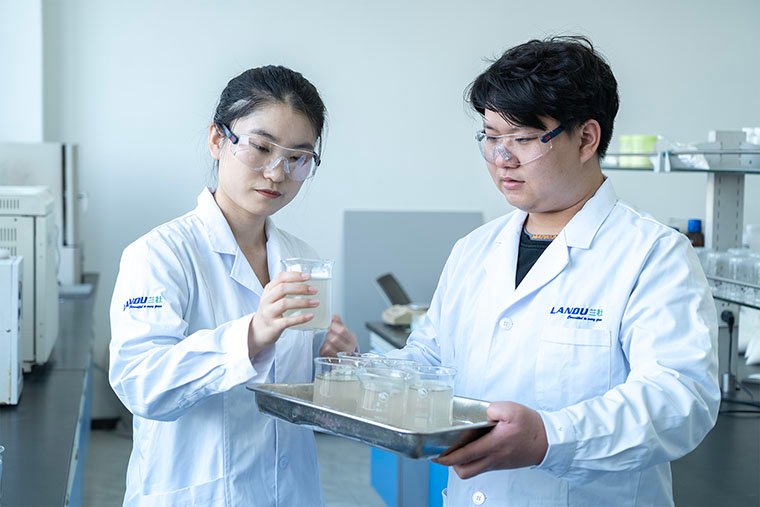


Property | HEC | HPMC |
|---|---|---|
Chemical Structure | Hydroxyethyl groups, simpler substitution | Hydroxypropyl and methoxy groups, complex substitution |
Viscosity Control | High viscosity at low shear, anti-sagging, may cause spattering | Shear-thinning, better flow and leveling |
Water Retention | Moderate, faster drying | High, slower drying, better workability |
Water Resistance | Lower, less suitable for exterior paints | Higher, ideal for outdoor coatings |
Film Formation | Less continuous films, moderate durability | Stronger, continuous films, better adhesion |
Color Stability | Prone to fading over time | Better color retention, ideal for aesthetic paints |
Biostability | High microbial resistance, longer shelf life | Susceptible to microbial attack, needs preservatives |
Cost | Generally more expensive | Varies by grade, often more cost-effective |
Best Applications | Interior paints, high-viscosity formulations | Exterior paints, film-forming coatings, humid environments |

HEC: Excels in providing high viscosity under low shear, preventing sagging in thick layers. A Paint & Coatings Industry report (2024) notes its tendency for spattering during roller application and poorer leveling, making it ideal for interior paints.
HPMC: Offers shear-thinning behavior, reducing viscosity during application for smoother flow and better leveling, as per Chemical Engineering Journal (2023). This suits paints requiring a uniform finish, especially in exterior applications.

HEC: Soluble across a wide temperature range without gelation, ensuring formulation stability. Its lower water retention can accelerate drying, affecting workability in humid conditions.
HPMC: Superior water retention slows drying, improving open time and workability. Its gelation at 55–75°C influences drying behavior, as noted in Polymer Science Reviews (2024).

HEC: Less water-resistant due to high solubility, making it less ideal for exterior paints exposed to moisture.
HPMC: Enhanced water resistance due to methoxy groups, suitable for outdoor coatings, per Surface Coatings Technology (2023).

HEC: Resistant to microbial degradation, enhancing in-can stability and reducing preservative needs (Industrial Microbiology Reports, 2023).
HPMC: More susceptible to microbial attack, requiring robust preservatives, which may increase costs.
HEC is ideal for interior water-based paints where high viscosity and anti-sagging properties are critical. It’s commonly used in flat and semi-gloss paints for walls and ceilings. Its microbial resistance ensures longer shelf life, making it cost-effective for large-scale production. Celotech’s HEC grades are recommended for interior latex paints.
HEC is typically more expensive due to its specialized thickening efficiency, while HPMC’s cost varies by grade. According to Coatings World (2025), HPMC’s versatility often justifies its use in premium formulations, but HEC may be preferred for budget-conscious interior paints.
Selecting between HEC and HPMC depends on the paint’s intended use, environmental conditions, and performance requirements. HEC suits interior paints prioritizing viscosity and stability, while HPMC excels in exterior paints needing water resistance and smooth application. Consider pH, resin compatibility, and preservative needs when deciding.
Internal Link Suggestion: Explore our guide on Selecting Cellulose Ethers for Paint Formulations.
External Link Suggestion: Learn more about paint additives at CoatingsTech Magazine.
Understanding the difference between HEC and HPMC in paint applications enables formulators to create high-quality paints tailored to specific needs. HEC offers unmatched viscosity for interior paints, while HPMC provides superior water resistance and leveling for exterior coatings.
LANDU is on standby here to help you find the right solution for your needs. Whether you need free consultation, technical guidance, product samples, or logistical support, our team is ready to assist!

Torres brings over 10 years of experience in the chemical and cellulose ether industry, specializing in HPMC applications across the construction, pharmaceuticals, personal care, and food sectors. With a deep understanding of market needs and regulatory standards, he is dedicated to helping customers in Europe find the right HPMC solutions for their unique requirements.

Cynthia combines technical precision with a problem-solving mindset, helping clients resolve challenges and optimize HPMC for their specific needs. She is responsible for quality control, performance testing, and failure analysis of HPMC across multiple industries. Whether you’re testing a new formulation or diagnosing inconsistencies, Cynthia provides data-driven insights for reliable results.

Our team ensures high standard!and flexible solutions for various
customer needs.